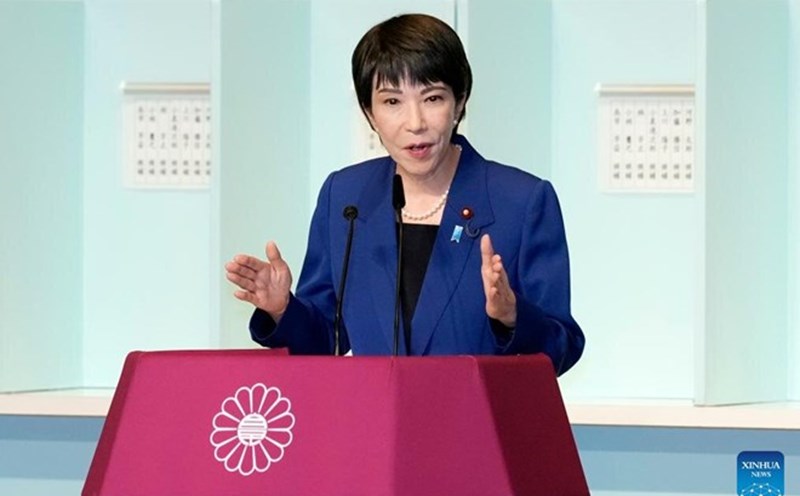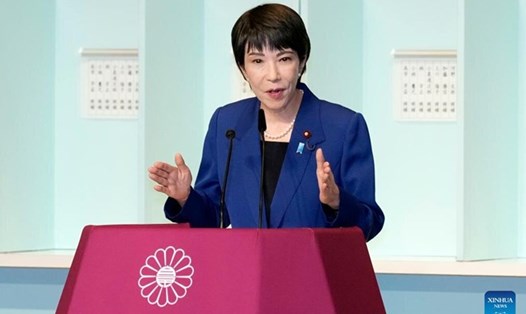On November 19, Japanese sources said that Niigata Provincial Governor Hanazumi is expected to issue an official approval decision this week for the resumption of production at the Kashiwazaki-Kariwa nuclear power plant.
Tokyo Electricity Group (Tepco), the plant's operator, is implementing a plan to resume operations with the two largest generators, No. 6 and No. 7. These two plants are capable of providing a total capacity of 2,710 MW. It is known that the total designed capacity of the entire Kashiwazaki-Kariwa factory is up to 8,212 MW.
Technically, Tepco has completed the inspection procedures at reactor No. 6 after refueling last October. The company confirmed that the main systems needed to start the reactor are operating in accordance with standards.
In addition to technical factors, Tepco also strives to solve social problems. The company has committed a financial package worth 100 billion yen (about 644 million USD) to support local development, aiming to reach consensus from the local community after many years of stagnation.
If approved, the restart of the plant would be in line with the policy direction of new Prime Minister Sanae Takaichi, who has pushed for increased nuclear power to ensure energy security.
In terms of economy, the resumption of the Kashiwazaki-Kariwa plant is expected to help Japan - currently the world's second largest importer of liquefied natural gas (LNG) - significantly reduce fuel import costs. This is important in the context that the government is prioritizing measures to cool down living expenses.
As of the end of October, Japan has allowed the restart of 11 reactors with a total capacity of 10,647 MW. This figure is still much lower than before the Fukushima incident in 2011, when Japanese power companies operated a total of 54 reactors.











